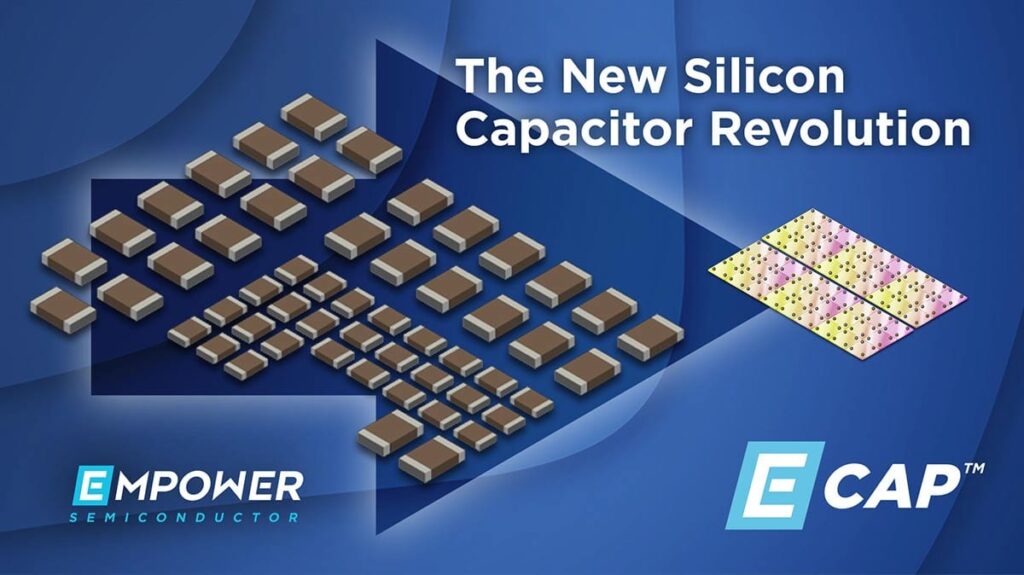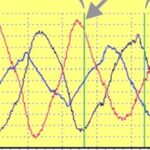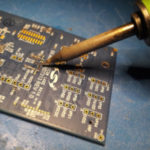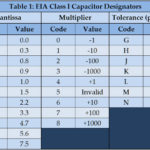 Empower Semiconductor has announced that it has expanded its E-CAP family of silicon capacitors with new technologies that offer further breakthroughs in density and performance.
Empower Semiconductor has announced that it has expanded its E-CAP family of silicon capacitors with new technologies that offer further breakthroughs in density and performance.
Integrating multiple discrete capacitances into a single solid-state device, E-CAP is the world’s thinnest, most compact, and most flexible capacitor solution. The technology brings together a capacitor density that is over five times that of leading multilayer ceramic capacitors (MLCCs) with improved equivalent series inductance (ESL) and equivalent series resistance (ESR) characteristics that dramatically reduce parasitics.
Designed using the most advanced trench capacitor technology, the latest E-CAP solutions offer densities of 1.1µF/mm2, which is over twice the density of alternative silicon capacitor technologies. In addition to the density, thickness levels can be achieved below 50µm in overall height. Multiple, matched capacitance values from 75pF to 5µF (@2V) can be integrated into a single die to create custom integrated capacitor arrays, while form factors can be customized for the space and height limitations of a particular application. Packaging options based on bumps, pads, and pillars allow designers to choose the best solution based on specific system constraints
Using E-CAP, designers can combine all non-bulk, high-frequency decoupling capacitors into a single die to dramatically reduce component count, BoM cost, and potential points of failure. Although the E-CAPs have lower nominal capacitance, their superior frequency response and ESL over MLCCs result in lower impedance at high frequencies. And unlike MLCCs where multiple devices are needed to account for de-rating from voltage, temperature, and age, E-CAP requires no AC or DC bias de-rating while all other de-rating requirements are negligible. This eliminates the need to ‘over specify’ capacitance requirements to account for de-rating






